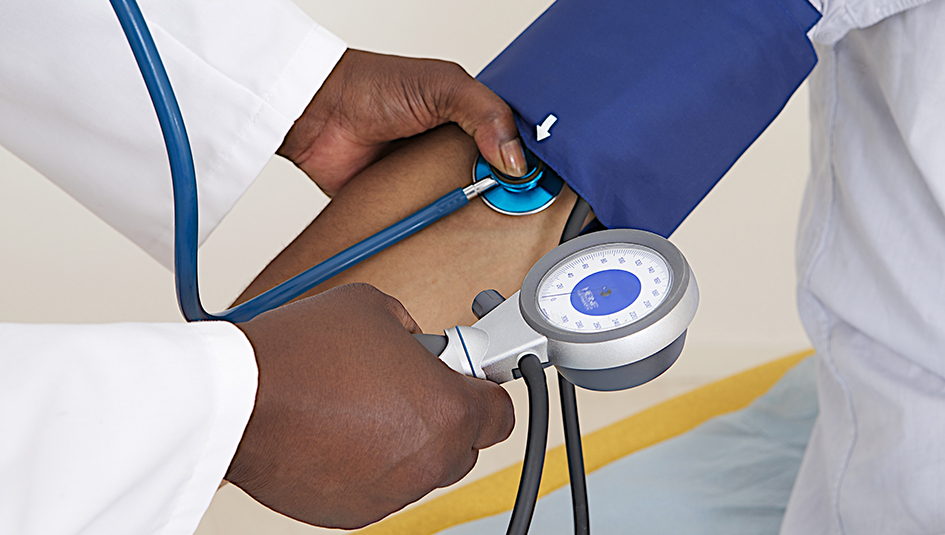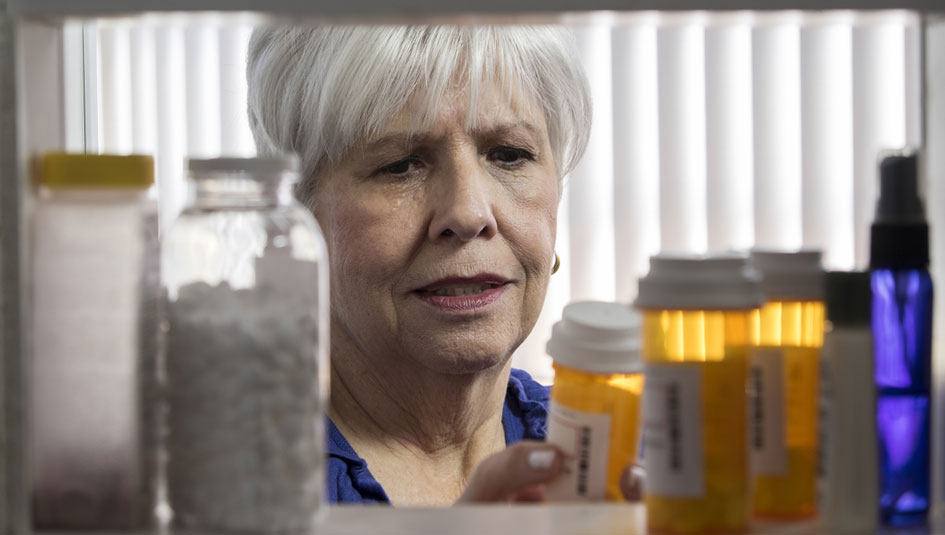Why Mail-Order Prescriptions Are a Good Idea

A great obstacle to successful self-care for chronic illness is failure to adhere to physician’ advice. One of the biggest hurdles to following said advice is filling a prescription.
A 2011 study of the commercially insured population found that nearly 30% of patients fail to fill a new prescription; this is called primary non-adherence. For persons with a chronic condition like Type 2 diabetes, secondary non-adherence can also creep in; this means that after a prescription is first filled, refills and calls to renew or adjust dosages diminish over time. Among patients who have started medication for diabetes, bone density, and glaucoma, rates of adherence after six months have been shown to have dropped respectively to 66%, 56%, and 47%.
Health officials are always trying to find ways to curb non-adherence because doing so improves public health, boosts productivity, and saves a lot of money in health care costs. A report from the National Conference of State Legislatures in 2012 documented how officials in five states overseeing Medicare reimbursement, Medicaid benefit, and state employee group insurance plans were searching for ways to incentivise compliance with treatment and therapy requirements. In that report, the economic burden measured by lost productivity, accelerating morbidity and nursing home admissions, and runaway clinical and physician charges for interventions, was estimated at $2,000 per patient per year.
In 2013, the U.S. Centers of Disease Control and Prevention put the annual preventable loss to the U.S. economy at between $100 billion and $290 billion. In its report, the CDC identified a number of social, behavioral, and economic factors as predictors of nonadherence, such as stigma attached to dependence upon medications, forgetfulness, and inability to visit the pharmacy on time. Home delivery of prescriptions, according to CDC, should be considered as a measure to improve adherence because it removes many of these hurdles.
A 2014 Medicare study, presented at the 26th Annual Meeting of the Academy of Managed Care Pharmacy, compared persons receiving their medications from a retail pharmacy to those in home delivery plans, as well as a mixed group of patients who receive medications through the mail and at the pharmacy. On average, home delivery resulted in 23% improvement in adherence over those in the retail group, and 19% improvement over the mixed group. The Medicare study concludes that “consumers and managed care stakeholders looking for improved quality, reduced costs, and better health outcomes should consider the use of home delivery pharmacy.”
Such studies and figures are why the government and private insurers will do their best to suggest home delivery as an option for fulfilling your prescription. It appears that everyone, patients, insurers, and the government, wins when patients use home delivery.





